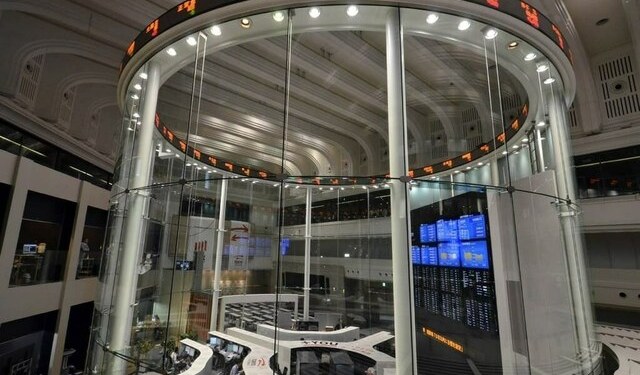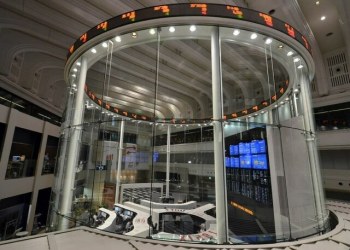Minutes of the Federal Reserve’s December meeting showed Wednesday that the participants foresaw only a “gradual” series of interest rate hikes following the first one unanimously agreed at that meeting.
But a number of them remain concerned about weak inflation, suggesting that if price gains remain weak, the expected pace of rate increases would also slow.
Even (Taiwan OTC: 6436.TWO – news) as the Federal Open Market Committee undertook its first interest rate hike in more than nine years, a long-flagged move that signaled the end of crisis-era monetary policy, the minutes showed that some participants were only marginally in favor.
As a group the FOMC agreed at the December 15-16 that monetary policy, after seven year of holding the benchmark federal funds rate near zero, needs to remain “accommodative” or fairly easy over the foreseeable future.
With US economic growth expected to remain moderate over 2016, the policy body was generally confident that inflation, still very weak, will rise to the central bank’s two percent target over the medium term.
There was general confidence within the Federal Open Market Committee that the employment situation was closing in on what the policy body sees as its “maximum employment objective”, with the US jobless rate now at 5.0 percent.
But a number of FOMC participants remained concerned that inflation, their other key gauge for setting monetary policy, will remain weak for longer than others anticipated.
If inflation remains weaker than expected, that could slow the pace of interest rate rises, currently anticipated at three to four over this year.
“For some members, the risks attending their inflation forecasts remained considerable. Among those risks was the possibility that additional downward shocks to prices of oil and other commodities or a sustained rise in the exchange value of the dollar could delay or diminish the expected upturn in inflation,” the record of the meeting said.
“A couple also worried that a further strengthening of the labor market might not prove sufficient to offset the downward pressures from global disinflationary forces.”
They also noted that there were risks to the US economy, particularly to manufacturers, from slower economic activity internationally and the strong dollar.
That was before the latest poor data on China’s economy which sent global share markets tumbling, and weak signals on growth from Europe.
Just after the FOMC minutes were released Wednesday, the World Bank slashed its global growth forecast for 2016 to 2.9 percent, down 0.4 point from its forecast last June.
In addition, since the meeting oil prices have fallen another eight percent, and the dollar has strengthened slightly.
Forecasts of the end-2016 federal funds rate by the FOMC participants at the December meeting implied up to four increases of a quarter-point this year, the rate reaching about 1.4 percent.
And earlier Wednesday Fed Vice Chair Stanley Fischer told CNBC television that predictions of three to four increases over this year are “in the ballpark.”
However, analysts say indications from financial markets are that investors are more bearish, expecting only two hikes of a quarter-point each.
The US dollar weakened by 0.3 percent to $ 1.0787 per euro after the minutes were published, and Treasury bond yields fell.
Shares (Berlin: DI6.BE – news) on Wall Street added to earlier losses, with the S&P 500 down 1.7 percent in afternoon trade, versus about 1.2 percent before the release of the minutes (Other OTC: UBGXF – news) .



























